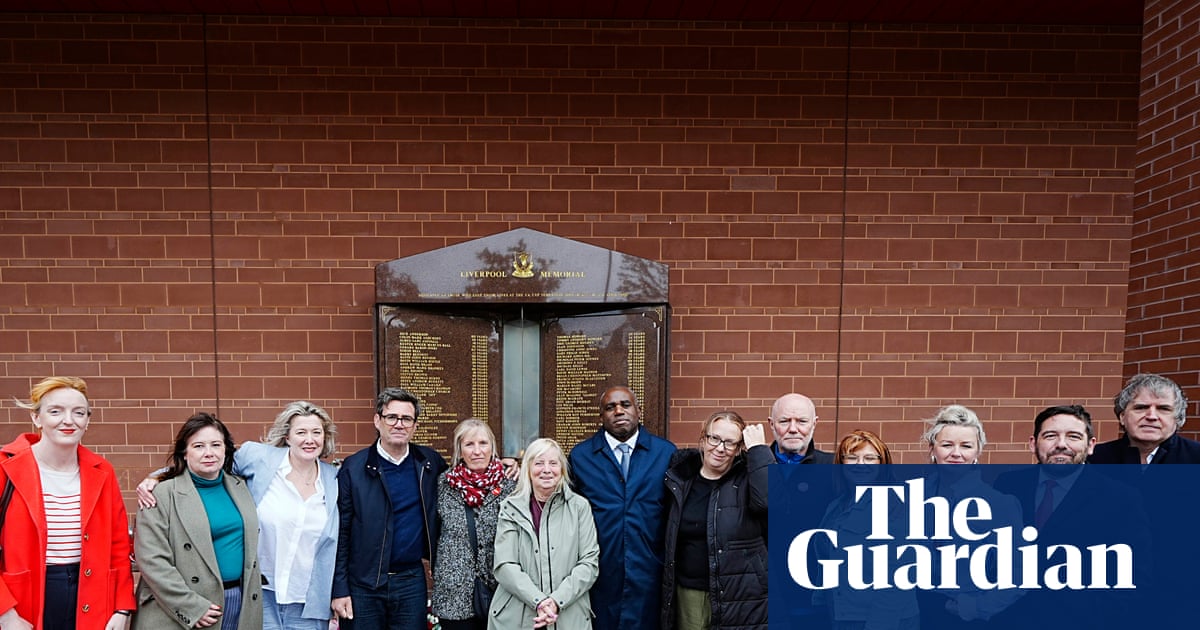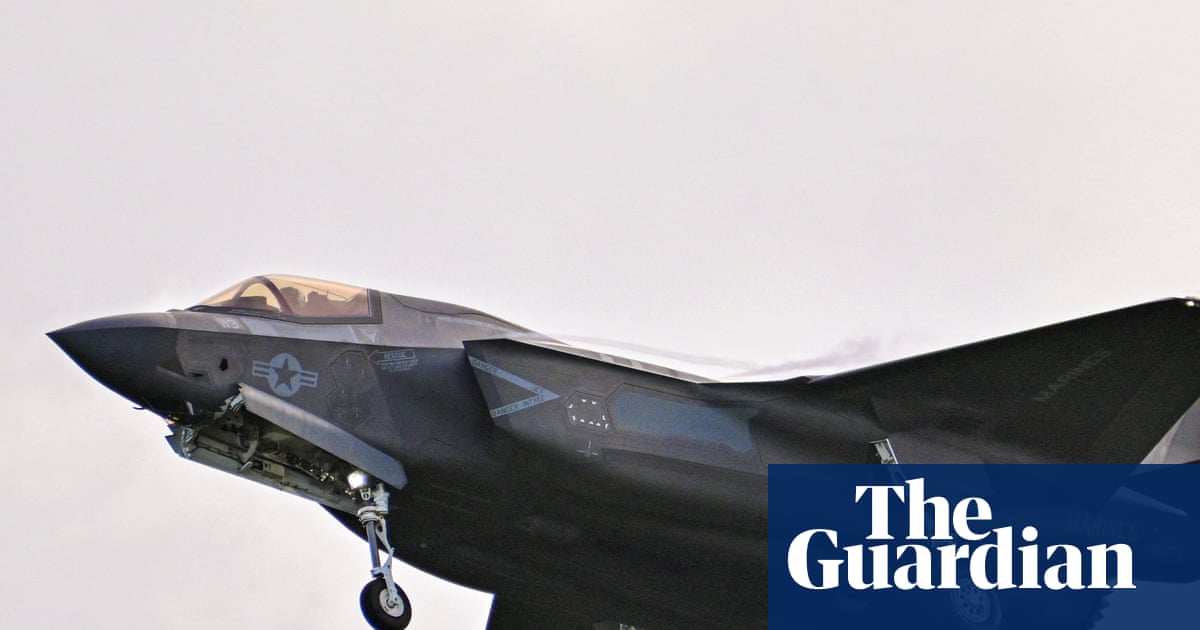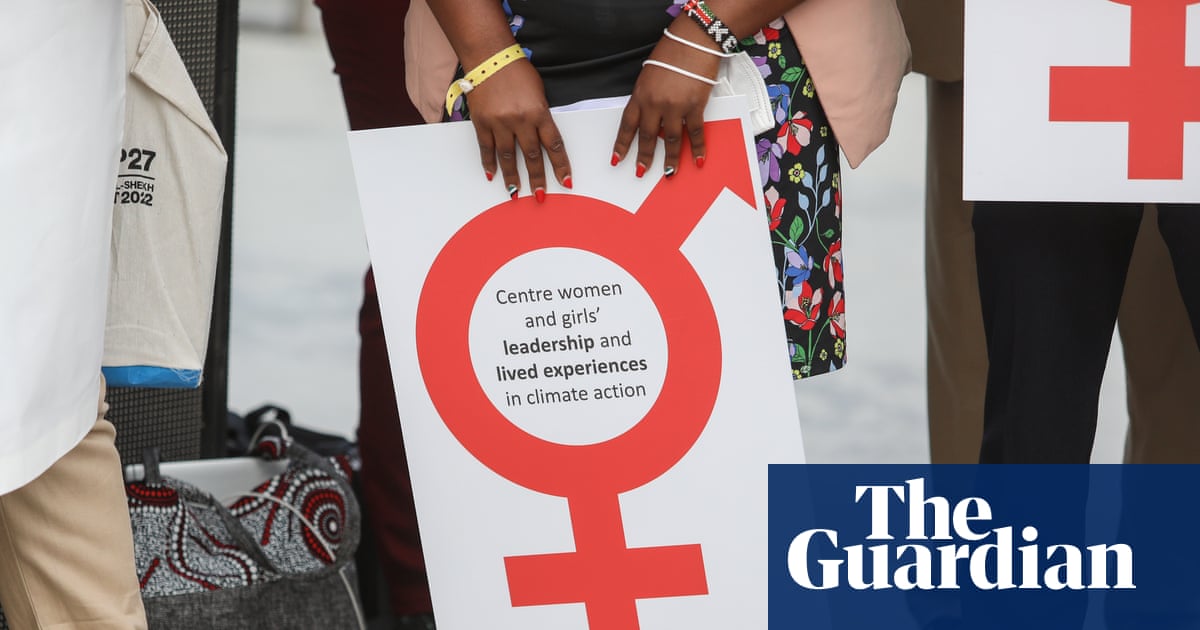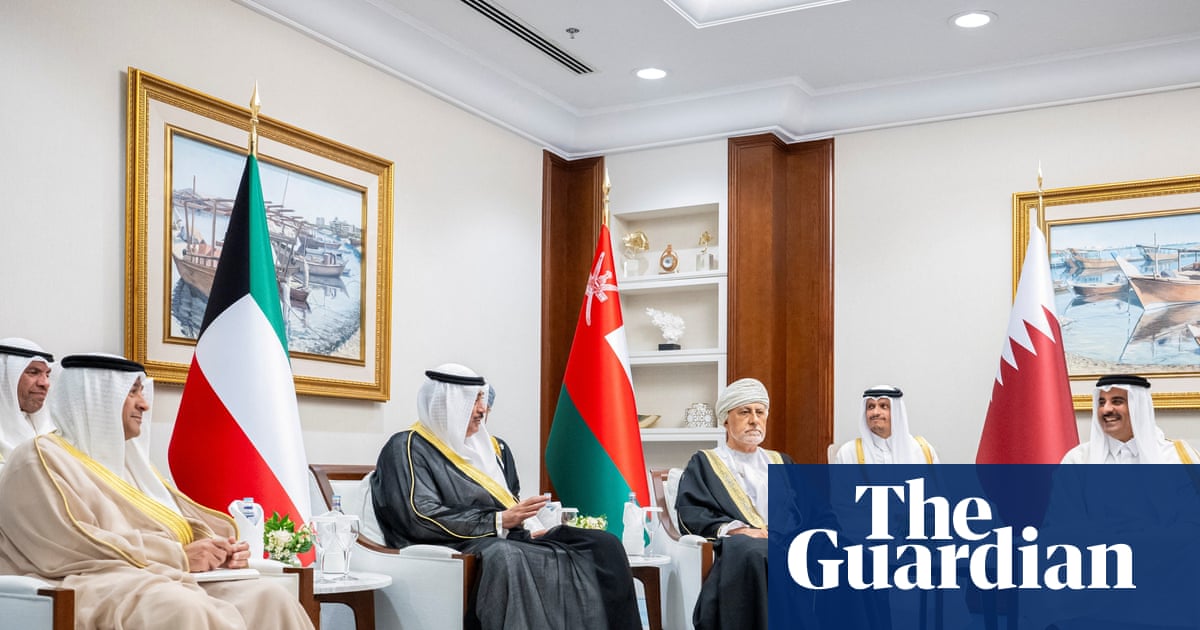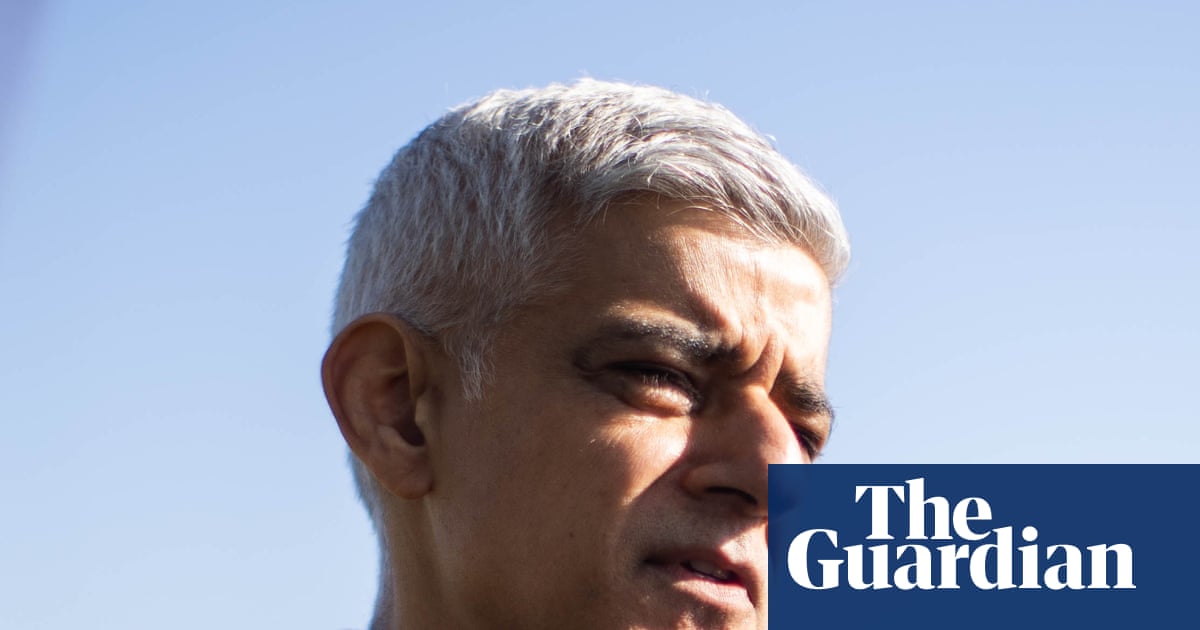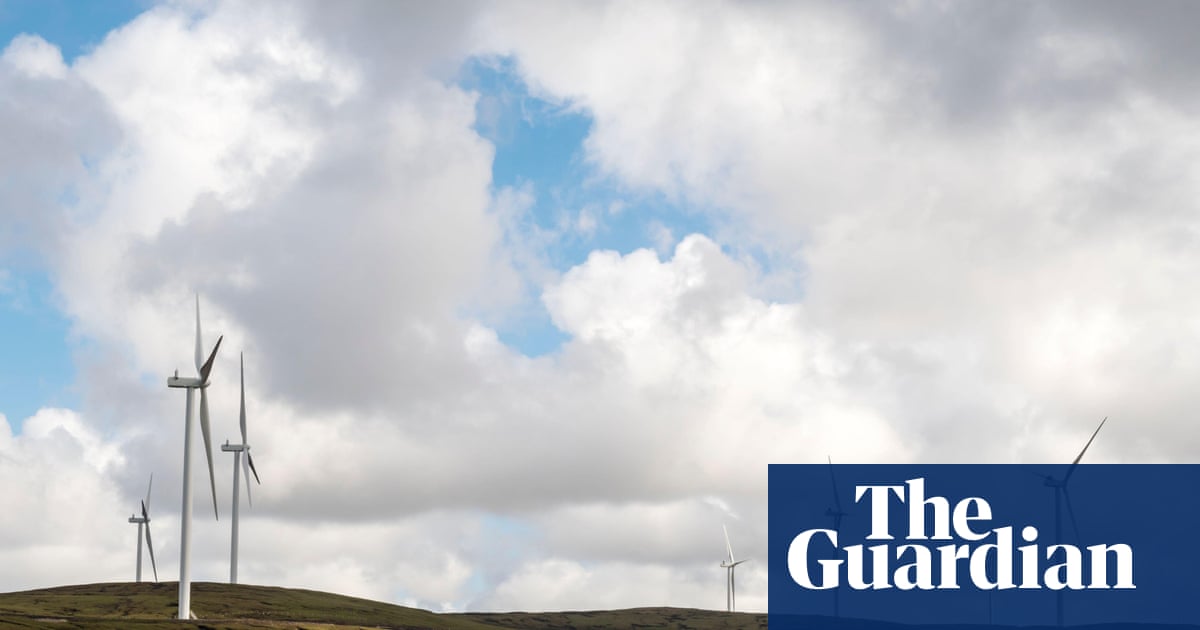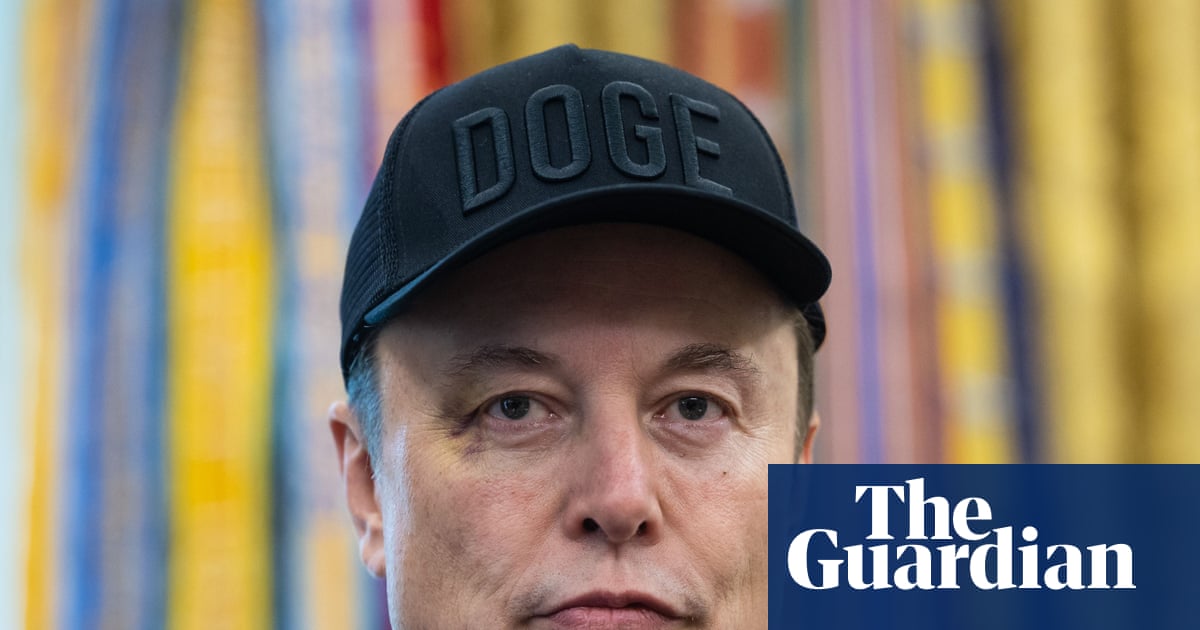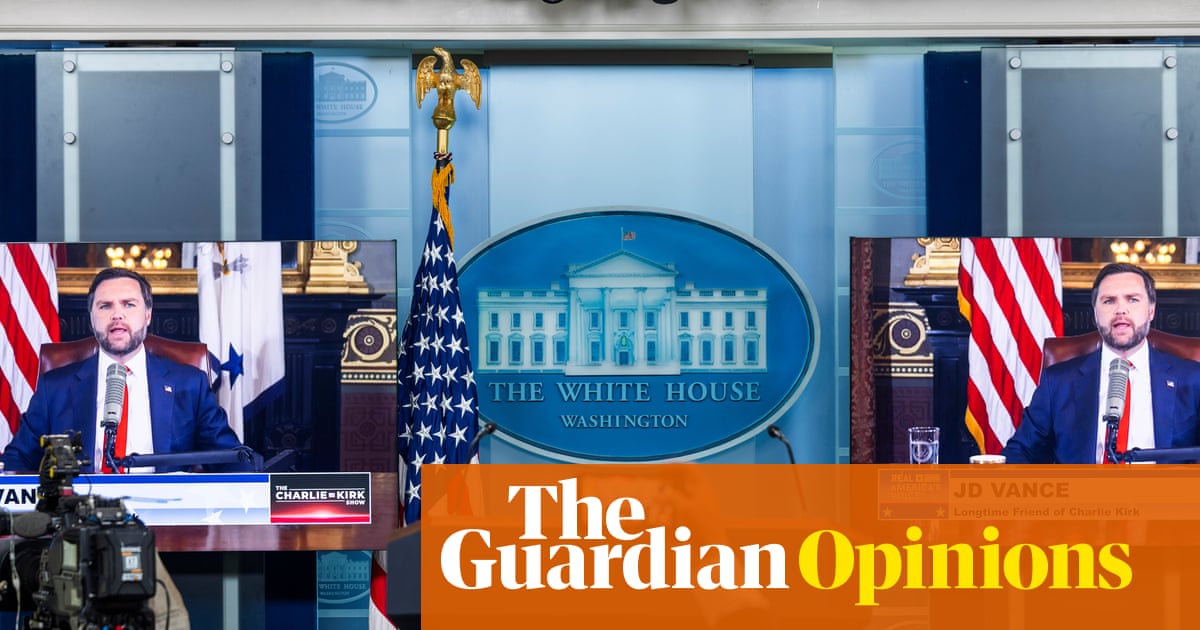Europe risks choosing militarism over social and environmental security, economists have warned, as the head of Nato said all 32 members had agreed to increase weapons spending.
Analyses drafted in anticipation of a Nato summit beginning on Tuesday warned of the opportunity cost that higher military spending would pose to the continent’s climate mitigation and social programmes, which are consistently underfunded.
The alliance’s leading member, the US, and its Dutch secretary general, Mark Rutte, expect members to agree to proposals to dramatically raise defence spending targets from 2% to 5% of GDP.
But critics say the focus on military spending, which comes on top of big increases by European countries over the past few years, overlooks the risks to security posed by environmental breakdown and social decay.
“Europe’s public finance debate has never been about what we can afford, but what governments choose to prioritise,” said Sebastian Mang, senior policy officer at the New Economics Foundation (NEF).
“Having already committed to higher defence budgets, plans to raise spending even further expose the double standard applied to investment in climate, housing and care.
“If extraordinary sums can be mobilised for the military, with far lower economic returns and much lower social benefits, then the refusal to fund a just transition and stronger public services is clearly political, not economic.”
According to the Nato proposals, members would increase spending to 3.5% of GDP for “hard defence” such as tanks, bombs and other military hardware, while devoting a further 1.5% to broader security, including cyber threats and military mobility.
An analysis by NEF found the 5% GDP target would require Nato’s EU members alone to increase spending by €613bn a year – a sum considerably higher than the annual shortfall in meeting the bloc’s green and social goals, estimated at €375bn to €526bn.
Even to meet just the 3.5% target, EU Nato members would collectively need to find an additional €360bn each year for military spending.
Justifying the increase, Donald Trump and other voices in the US have complained repeatedly that European allies rely too heavily on US military support, while Rutte warned of a “significant and direct threat” from Russia. But NEF said it made little sense, either in terms of economics or security.
“Increasing military budgets at the same time as cutting green and social spending, risks fuelling a public backlash, widening inequality and eroding trust in democratic institutions,” NEF said in its analysis. “Asking citizens to tighten their belts while defence budgets and arms investors’ profits surge undermines the very social resilience that security depends on.”
The UK on Monday committed to raising its target from 3% of GDP spent on defence to 5% by 2035 after weeks of diplomatic pressure. The Common Wealth thinktank found that an increase in military spending to 3.5% of GDP would cost the UK an extra £32bn annually.
after newsletter promotion
That is enough in one year to fund the entire life cycle of 620 terawatt-hours of onshore windfarms, equivalent to 88% of the power Britain is projected to consume annually by 2050.
“Demands for further increases to military spending have a stark opportunity cost – prioritising clean energy would deliver the energy security whose absence was so painfully exposed in 2022,” said Chris Hayes, chief economist at Common Wealth.
Not only is there an opportunity cost, increases in military spending imply vast increases in CO2 emissions, with fossil fuel-hungry tanks, warships and aircraft built and operated at scale.
Earlier this month the Guardian reported that the military buildup planned by Nato members excluding the US could increase greenhouse gas emissions by almost 200m tonnes a year.
Nato was contacted for comment.

.png) 2 months ago
40
2 months ago
40
